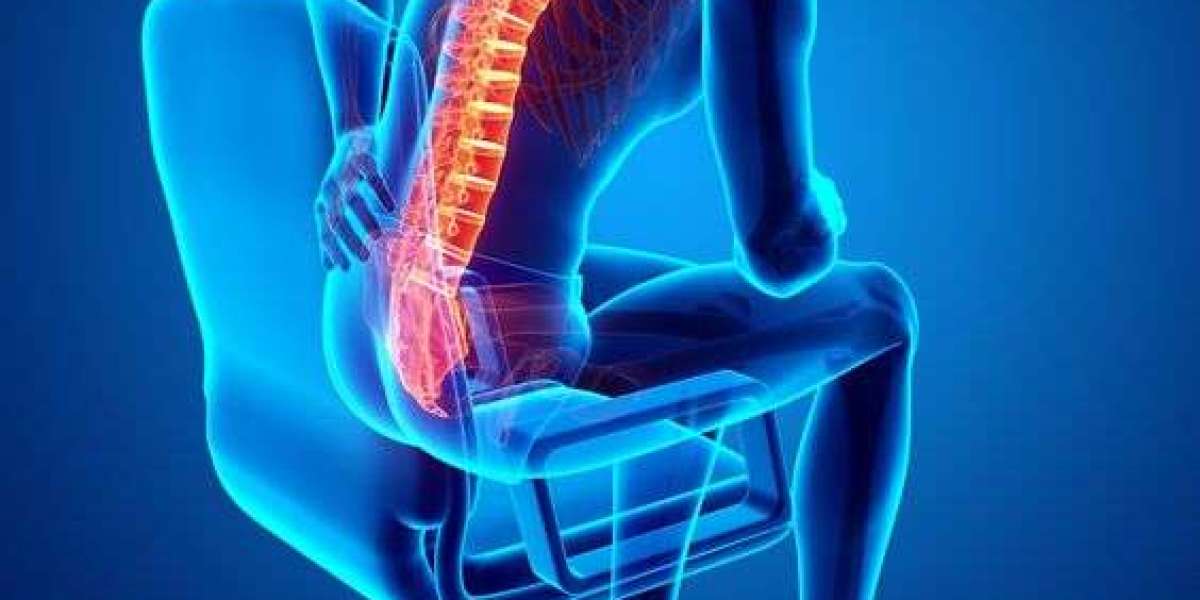Spinal cord injuries (SCIs) are among the most devastating medical conditions, often resulting in life-altering consequences such as paralysis, loss of sensation, and reduced independence. However, modern medicine has made significant strides in treating SCIs, offering hope for improved recovery and quality of life. From advanced surgical techniques to cutting-edge therapies and medications like Baclof 10 mg, the field of SCI treatment is evolving rapidly. This article explores the latest innovations and approaches in modern medicine for treating spinal cord injuries.
Understanding Spinal Cord Injuries
The spinal cord is a critical part of the central nervous system, responsible for transmitting signals between the brain and the rest of the body. When the spinal cord is damaged, these signals are disrupted, leading to partial or complete loss of motor function and sensation below the injury site. SCIs are classified as:
Complete SCI: Total loss of function below the injury.
Incomplete SCI: Partial loss of function, with some ability to move or feel below the injury.
Common causes of SCIs include traumatic events like car accidents, falls, and sports injuries, as well as non-traumatic causes such as infections, tumors, or degenerative diseases.
Immediate Medical Interventions
The first step in treating a spinal cord injury is stabilizing the patient and preventing further damage. Immediate medical interventions include:
Emergency Care: At the scene of the injury, first responders immobilize the spine using a cervical collar or backboard to prevent movement and additional damage.
Surgery: In many cases, surgery is required to remove bone fragments, herniated discs, or foreign objects pressing on the spinal cord. Surgery may also stabilize the spine using rods, screws, or plates.
Medications: High-dose corticosteroids, such as methylprednisolone, may be administered within 8 hours of the injury to reduce inflammation and swelling around the spinal cord. However, their use is controversial and depends on the specific case.
Advanced Surgical Techniques
Modern medicine has introduced advanced surgical techniques to improve outcomes for SCI patients. These include:
Decompression Surgery: This procedure relieves pressure on the spinal cord by removing bone fragments, herniated discs, or other obstructions.
Spinal Fusion: Spinal fusion stabilizes the spine by joining two or more vertebrae using bone grafts, rods, or screws. This procedure prevents movement and reduces pain.
Minimally Invasive Surgery: Techniques like endoscopic surgery use small incisions and specialized tools to reduce recovery time and minimize complications.
Rehabilitation and Physical Therapy
Rehabilitation is a cornerstone of SCI recovery, helping patients regain strength, mobility, and independence. A multidisciplinary team of healthcare professionals, including physiatrists, physical therapists, and occupational therapists, work together to create a personalized rehabilitation plan. Key components of SCI rehabilitation include:
Physical Therapy: Physical therapy focuses on improving mobility, strength, and coordination. Therapists use exercises, stretches, and specialized equipment to help patients regain function.
Occupational Therapy: Occupational therapy helps patients relearn daily activities and adapt to their new physical limitations. Therapists teach techniques for dressing, bathing, cooking, and using assistive devices.
Assistive Devices: Wheelchairs, orthotics, and communication aids enhance independence and improve quality of life for SCI patients.
Medications for SCI Management
Medications play a crucial role in managing symptoms and improving quality of life for SCI patients. One such medication is Baclof 10 mg, a muscle relaxant commonly prescribed to manage spasticity—a condition characterized by involuntary muscle contractions and stiffness. Baclofen works by acting on the central nervous system to reduce muscle hyperactivity, providing relief from discomfort and improving mobility.
Benefits of Baclof 10 mg:
Reduces Spasticity: Baclofen alleviates muscle stiffness and spasms, making it easier for patients to move and perform daily activities.
Improves Comfort: By relaxing tight muscles, Baclofen reduces pain and discomfort associated with spasticity.
Enhances Mobility: Reduced muscle stiffness allows for better range of motion and improved mobility.
Baclofen is available in oral form or as an intrathecal pump for severe cases. Patients should follow their doctor’s instructions and report any side effects, such as drowsiness, dizziness, or weakness.
Emerging Therapies for SCI Recovery
Modern medicine is exploring innovative therapies to promote spinal cord injury recovery. These emerging treatments aim to repair damaged nerve cells, restore lost function, and improve quality of life.
Stem Cell Therapy: Stem cell therapy involves transplanting stem cells into the damaged area of the spinal cord to promote regeneration of nerve cells. Early studies suggest that stem cells may help repair damaged tissue and improve motor function.
Electrical Stimulation: Techniques like epidural stimulation use implanted electrodes to deliver electrical pulses to the spinal cord. This approach has shown potential in restoring movement and sensation in patients with complete SCI.
Robotic Exoskeletons: Robotic exoskeletons are wearable devices that support and enhance movement for individuals with SCI. These devices enable patients to stand, walk, and perform daily activities.
Neuroprosthetics: Neuroprosthetics interface with the nervous system to restore lost function. For example, brain-computer interfaces (BCIs) allow patients to control external devices using their thoughts.
Pharmacological Advances: Researchers are developing new drugs to promote nerve regeneration, reduce inflammation, and protect surviving nerve cells.
Lifestyle Modifications for SCI Recovery
In addition to medical and rehabilitative treatments, lifestyle modifications play a vital role in SCI recovery. These include:
Healthy Diet: A balanced diet rich in vitamins, minerals, and antioxidants supports overall health and aids in tissue repair.
Regular Exercise: Physical activity helps maintain cardiovascular health, muscle strength, and flexibility. Adaptive sports like wheelchair basketball or swimming provide both physical and social benefits.
Preventing Complications: SCI patients are at risk for secondary complications like pressure sores, urinary tract infections, and respiratory issues. Proper hygiene, regular medical check-ups, and preventive measures are essential.
Stress Management: Techniques like meditation, deep breathing, and mindfulness can help manage stress and improve mental well-being.
The Role of Family and Caregivers
Family members and caregivers play a crucial role in supporting SCI patients throughout their recovery journey. They provide emotional support, assist with daily activities, and help patients adhere to their treatment plans. Caregivers should also prioritize their own well-being to avoid burnout and maintain their ability to provide effective support.
Conclusion
Modern medicine has revolutionized the treatment of spinal cord injuries, offering hope for improved recovery and quality of life. From advanced surgical techniques and innovative therapies like stem cell therapy and electrical stimulation to medications like Baclof 10 mg, the field of SCI treatment is rapidly evolving. Rehabilitation, lifestyle modifications, and the support of family and caregivers further enhance recovery outcomes.








